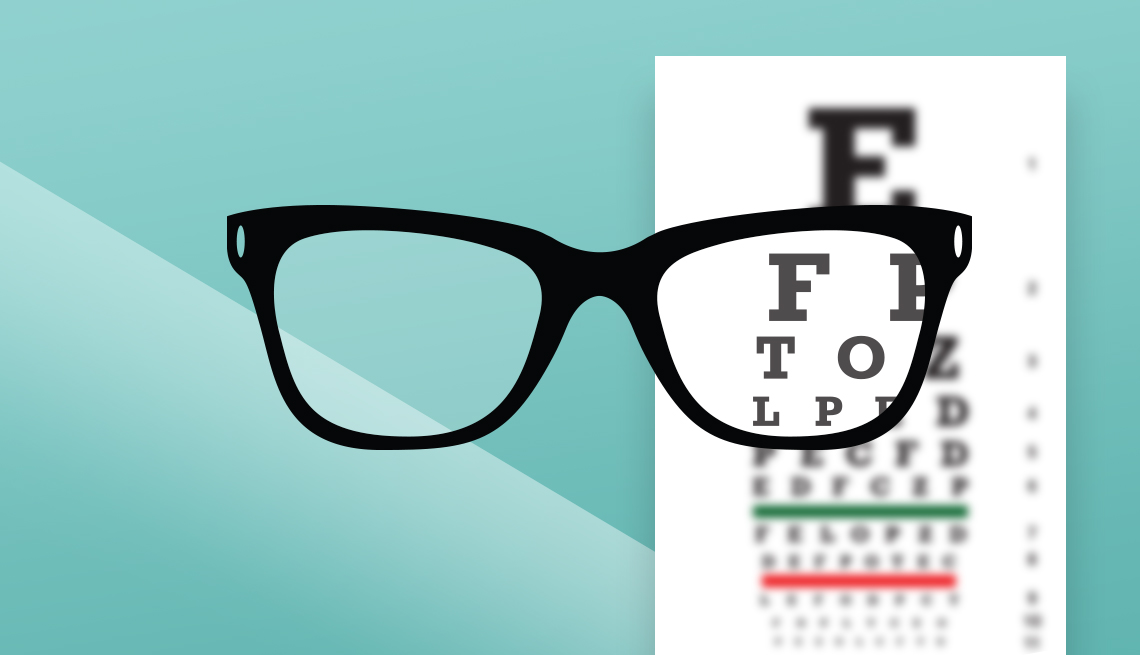Neurologist in Andalusia: Leading Specialists and Clinics Listed
Neurologist in Andalusia: Leading Specialists and Clinics Listed
Blog Article
The Benefits And Drawbacks of Various Refractive Surgeries for Boosted Eyecare

LASIK Surgical Treatment
LASIK surgical treatment is a generally performed refractive procedure that aims to fix vision concerns such as nearsightedness, astigmatism, and farsightedness. Throughout the procedure, a thin flap is created on the cornea, and a laser is made use of to improve the underlying tissue, correcting the refractive mistake.
Among the main benefits of LASIK surgery is the quick improvement in vision experienced by lots of clients. Most individuals see a significant enhancement in their vision quickly after the treatment, with very little downtime required for recuperation. Furthermore, LASIK is known for its high success price and low occurrence of issues when carried out by competent surgeons. Like any kind of surgical treatment, LASIK also lugs some dangers, including completely dry eyes, glare, halos, and under or overcorrection of vision. It is important for people thinking about LASIK surgical procedure to go through a comprehensive analysis by an eye care professional to establish if they appropriate prospects for the treatment.
PRK Treatment
The PRK procedure, likewise referred to as Photorefractive Keratectomy, is a sort of refractive surgery that intends to fix vision problems similar to LASIK surgical procedure. Unlike LASIK, which entails developing a flap in the cornea, PRK works with the surface layer of the cornea. During the PRK procedure, the external layer of the cornea, called the epithelium, is removed to allow improving of the underlying corneal cells with an excimer laser. This reshaping helps to deal with refractive errors such as farsightedness, astigmatism, and nearsightedness.
One of the advantages of PRK over LASIK is that it gets rid of the threat of flap-related problems because no flap is created during the surgery. This can be beneficial for individuals with slim corneas or those entailed in get in touch with sporting activities where eye trauma is an opportunity. The healing time for PRK is generally longer compared to LASIK, as the outer layer of the cornea needs time to regenerate after the procedure. Despite the longer recovery period, PRK can be a suitable option for people seeking vision adjustment surgery.
SMILE Surgical Treatment
A cutting-edge refractive surgery strategy gaining appeal in the field of ophthalmology is SMILE Surgical procedure. Small Laceration Lenticule Removal (SMILE) is a minimally intrusive procedure that corrects vision by improving the cornea making use of a femtosecond laser. Unlike standard LASIK surgery, SMILE Surgical procedure involves creating a tiny cut in the cornea to extract a lenticule, which results in much less disruption to the corneal structure and potentially faster recuperation times.
Among the key advantages of SMILE Surgical treatment is its ability to treat myopia (nearsightedness) and astigmatism with high accuracy, resulting in outstanding aesthetic end results for patients. The minimally invasive nature of the treatment also decreases the threat of problems such as dry eye syndrome, making it a positive alternative for individuals seeking refractive surgical procedure.
LASEK Technique
Having discovered the advantages and factors to consider of SMILE Surgery, one more noteworthy refractive surgery strategy worth analyzing is the LASEK see it here Method. LASEK, which represents Laser-Assisted Subepithelial Keratectomy, is a kind of laser eye surgical treatment that aims to correct refractive mistakes such as nearsightedness (nearsightedness), hyperopia (farsightedness), and astigmatism.
Unlike LASIK, LASEK does not entail creating a corneal flap. Rather, during a LASEK procedure, the cosmetic surgeon makes use of a diluted alcohol option to loosen the thin outer layer of the cornea, called the epithelium. This layer is then gently relocated apart to allow the laser to reshape the underlying corneal cells. When the cornea has been reshaped to the wanted degree, the epithelial layer is rearranged.
Among the main great post to read advantages of LASEK is that it can be suitable for people with thin corneas that may not be excellent prospects for LASIK. Furthermore, LASEK normally leads to marginal post-operative pain and a quicker healing time compared to PRK. The aesthetic healing procedure with LASEK might be somewhat longer than with LASIK.
Implantable Contact Lenses
Implantable Contact Lenses provide a long-lasting vision modification option for individuals looking for an option to standard contact lenses or glasses. These lenses, additionally recognized as phakic intraocular lenses, are operatively put into the eye to correct refractive mistakes such as nearsightedness (nearsightedness), hyperopia (farsightedness), and astigmatism. cardiologist andalusia. Unlike traditional contact lenses that sit on the surface of the eye, implantable contact lenses function within the eye itself, providing clear vision without the demand for everyday maintenance or removal
One of the vital advantages of implantable contact lenses is their durability. When placed, they can continue to be in the eye forever, offering secure and constant vision improvement. In addition, these lenses can be an exceptional option for people who are bad prospects for laser eye surgical treatment or who favor a relatively easy to fix vision improvement treatment.
Nevertheless, implantable contact lenses do carry some threats, including the potential for cataracts or boosted eye pressure. It is critical for individuals considering this alternative to talk to an eye treatment professional to determine if implantable call lenses are the best option for their details needs and eye wellness.
Final Thought
In verdict, each type of refractive surgical treatment has its very own advantages and drawbacks. LASIK surgical procedure is popular for its fast healing time, while PRK treatment might be appropriate for patients with thin corneas.

Overall, SMILE Surgical treatment presents an encouraging alternative for individuals looking to boost their vision through refractive surgery.
Report this page